Planko
Jr. Member
- Joined
- Oct 2, 2020
- Messages
- 29
- Reaction score
- 37
- Golden Thread
- 0
- Primary Interest:
- All Treasure Hunting
Hey Everyone,
New to the forum and asking for help. I found this unique piece in Delta County, TX a few weeks ago. It was within a stone throw of a Golodrina point I found a couple weeks before that. I have posted on another site but nothing confirmed so I thought I would try here.
Recessed line on the artifact does not go to the end. It is raised.
Yes I reposted due to a recommendation.
Any ideas?
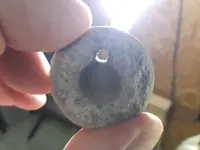
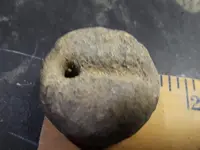
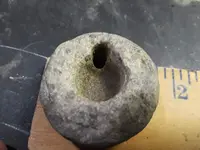
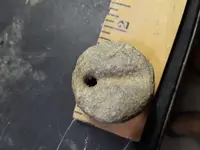
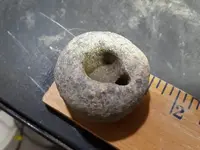
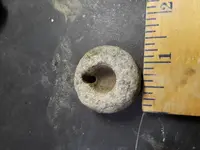
New to the forum and asking for help. I found this unique piece in Delta County, TX a few weeks ago. It was within a stone throw of a Golodrina point I found a couple weeks before that. I have posted on another site but nothing confirmed so I thought I would try here.
Recessed line on the artifact does not go to the end. It is raised.
Yes I reposted due to a recommendation.
Any ideas?






Upvote
0

